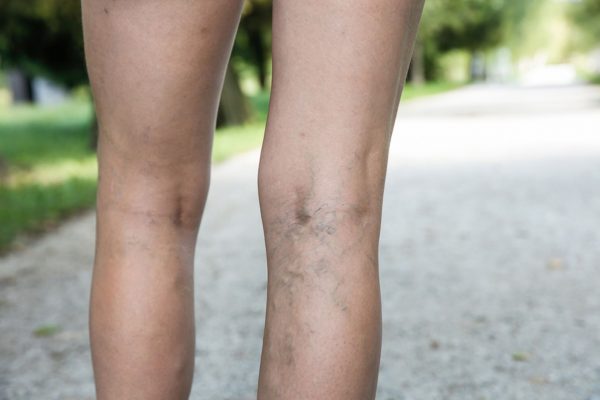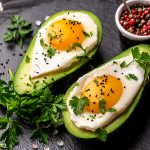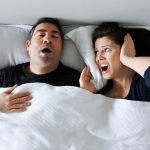If you have varicose veins, you know how unattractive they can make you feel. These dark, twisted and bulging veins aren’t a pretty sight.
Of course, the cosmetics industry sees this as a beauty issue. They are constantly peddling a new cream, ointment or mud pack that promises to erase those unsightly veins forever.
Well, varicose veins are not a cosmetic concern. They are a health issue. No beauty treatment in the world is going to get rid of those gnarled veins, let alone treat the underlying cause of them.
But they do indicate a problem. Patients with varicose veins have about a five-time greater risk of developing blood clots in the legs, a condition called deep vein thrombosis.
One of those clots could break off and make it to your lungs. In fact, varicose veins just about double your chances of this. It’s known as a pulmonary embolism… a life-threatening event that occurs when a rogue blood clot cuts off the blood supply to your lungs.
At the same time, varicose veins increase your risk of developing peripheral artery disease. This condition means you have less blood flow to your extremeties. And that can result in pain, sores, ulcers and skin discolorations on your feet and legs.
I also have to add that, while varicose veins are often thought of as a woman’s issue, plenty of men are affected, too. So don’t think you’re off the hook if you’re a male.
What Causes Varicose Veins?
The best-case scenario is to avoid the development of varicose veins in the first place. But if they have already developed, you’ll want to try conservative treatment measures before considering laser surgeries or injections.
This means it is important to understand what causes them. There are two common denominators.
The first is a circulation issue. It’s called “venuous insufficiency.” In plain English, it simply means that the veins in your lower extremities are having a hard time sending blood back up to your heart.
The second problem is weak vein walls. When blood can’t flow back to the heart, it ends up pooling in your legs. This places excess pressure on the walls of the veins and causes them to expand. That’s what causes those large purple protrusions.
These are both things that you can exert some control over. For example, standing or sitting for long periods, continually crossing your legs and excess weight all compromise circulation in your legs and feet, and may lead to blood pooling.
When you recognize these risk factors, it gives you the opportunity to correct them.
- Get your legs moving. Any activities that improve muscle tone in your legs will help move blood through the veins and send it back up to your heart.
- If you stand a lot, take frequent breaks. During these breaks, sit or lay down with your legs propped up. Conversely, if you sit a lot get up and walk around at least once an hour. (And don’t cross your legs while sitting!)
- If you’re overweight, continue your efforts to drop those extra pounds.
- Give compression stockings a try – but only if you promise to wear them properly. Patients with circulation and clotting issues in the legs are often advised to wear compression stockings during the day because they encourage blood flow in the upward direction. But if you let them bunch up or overlap, they could actually cause pooling. So don’t wear them unless you plan on doing it right.
There are also a few supplements that can help boost circulation and strengthen your blood vessels.
Supplements That Strengthen Your Veins
Pycnogenol is a pine-bark extract that works great to prevent swelling of the ankles and legs during long airline flights.
But that’s not all it does. It also increases the tone and elasticity of veins in people with varicose veins and chronic venous insufficiency. All it takes is 150 mg of pycnogenol daily for at least three months to see results.
Another nutrient that has a positive influence on varicose veins and venous insufficiency is rutin. This is a bioflavonoid found in citrus rinds, asparagus and buckwheat. It is also available in supplemental form (often called rutosides).
Not only does it shore up the walls of your veins, it also reduces the pain and swelling associated with varicose veins. About 1,500 mg daily seems to do the trick.
I also recommend horse chestnut extract. It is not as well studied, but it appears to promote normal tone of the vein wall, which can reduce leakage and swelling in the lower legs. The most common dosage is 300 mg twice daily.
Trying these benign alternatives might help hold off treatments such as surgical stripping, lasering and/or chemical injections into your leg veins.
SOURCES:
Chang SL, et al. Association of Varicose Veins With Incident Venous Thromboembolism and Peripheral Artery Disease. JAMA. 2018 Feb 27;319(8):807-817.
Lim CS, et al. Graduated compression stockings. CMAJ. 2014 Jul 8; 186(10): E391–E398.
Belcaro G, et al. Improvements of Venous Tone with Pycnogenol in Chronic Venous Insufficiency: An Ex Vivo Study on Venous Segments. Int J Angiol. 2014 Mar; 23(1): 47–52.
Cesarone MR, et al. HR, 0-(beta-hydroxyethyl)-rutosides, in comparison with diosmin+hesperidin in chronic venous insufficiency and venous microangiopathy: an independent, prospective, comparative registry study. Angiology. 2005 Jan-Feb;56(1):1-8.
Pittler MH, et al. Horse chestnut seed extract for chronic venous insufficiency. Cochrane Database Syst Rev. 2012 Nov 14;11:CD003230.



